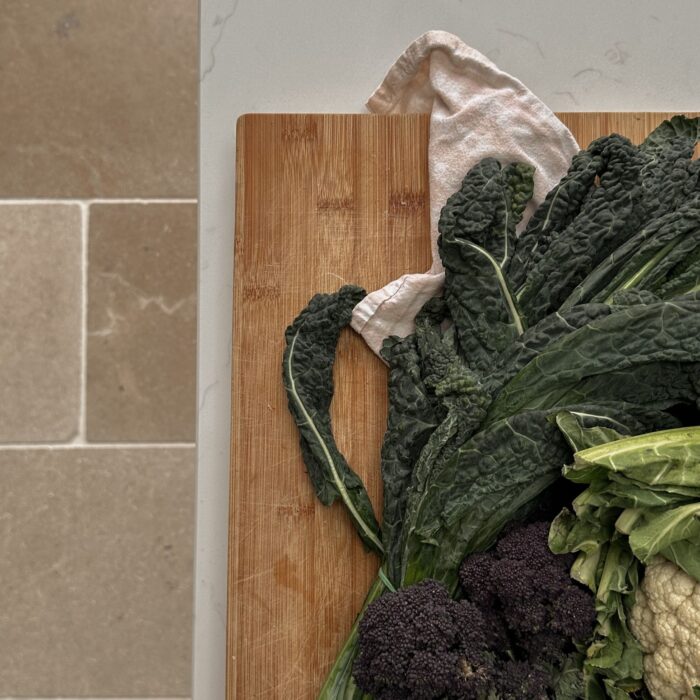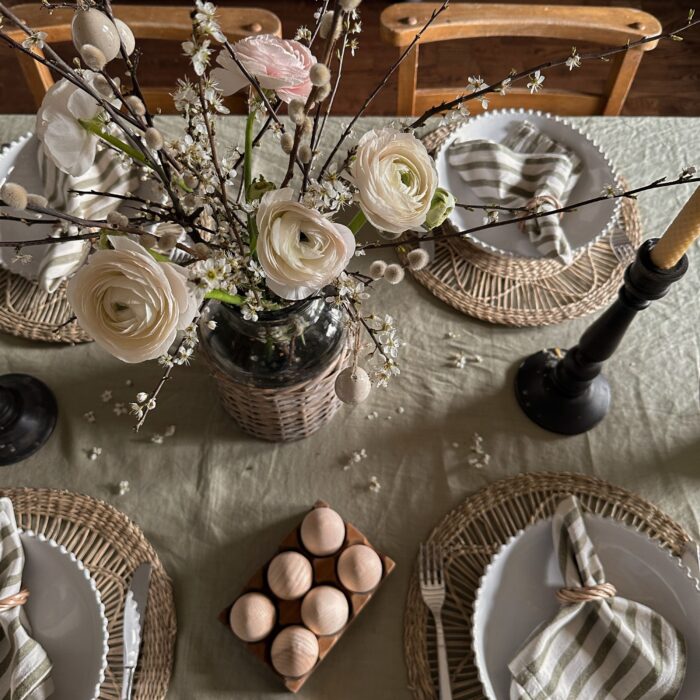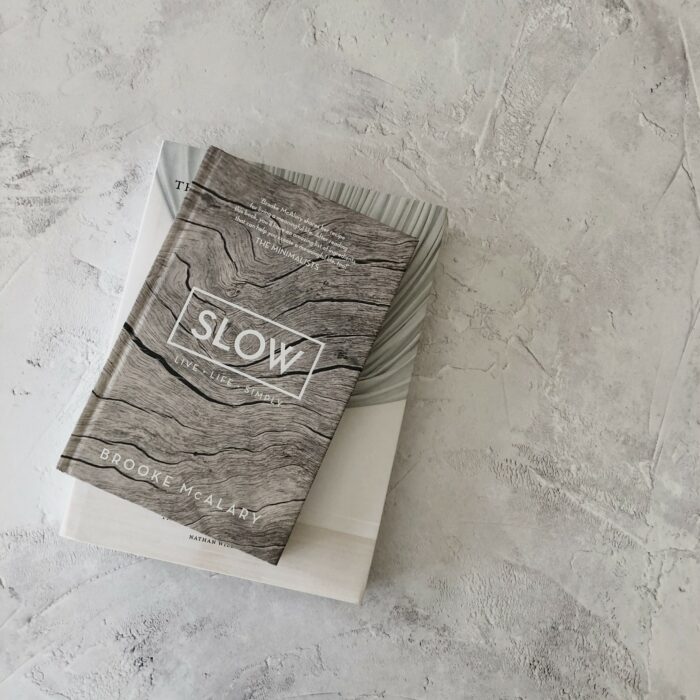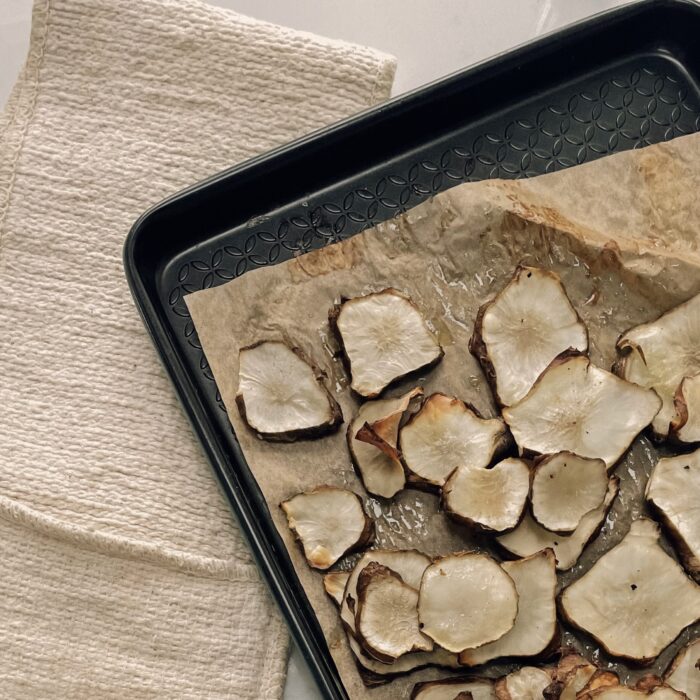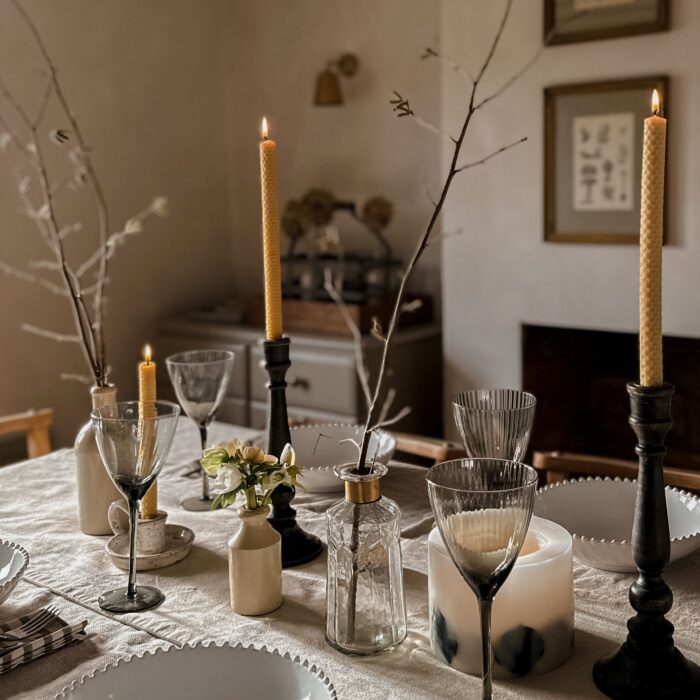Stop Food Waste Day takes place on 24th April 2024 Around a third of all food produced for human consumption is either wasted or lost. Food waste is generally understood ...
From tulips to apple, cherry, magnolia and hawthorn blossom, April is a truly beautiful month in the UK. It’s not all about the candy pinks and whites, either. Daffodils linger, ...
An Easter table evokes visions of soft pastels and fresh green stems. There’s a soft vibrancy in the aesthetic that mirrors the new season and the sense of optimism for ...
Welcome back to the Slow Living LDN. book club, a carefully curated source of inspiration which shares the stories and learnings of those who have sought to adopt a slower, ...
March ushers in a new season, whether you consider the start of spring to be the meteorological date (1st March), or the Spring Equinox (20th March). It’s a month associated ...
Welcome to the Slow Living LDN. book club, a carefully curated source of inspiration which shares the stories and learnings of those who have sought to adopt a slower, more ...
Forced rhubarb is harvested by candlelight and by hand. This rather romantic image and its bright pink colour make it the perfect seasonal ingredient for Valentine’s Day recipes. The forced ...
Shoots of green are beginning to appear everywhere, promising that the uplifting colours of spring are just around the corner. Those who diligently planted bulbs in the autumn will soon ...
Set the table with Slow Living LDN. in winter Winter really is the slowest of seasons. It’s a time of rest and retreat. It’s a season where our energy may ...

